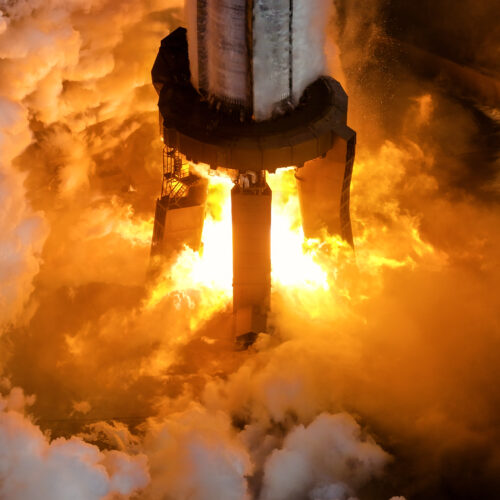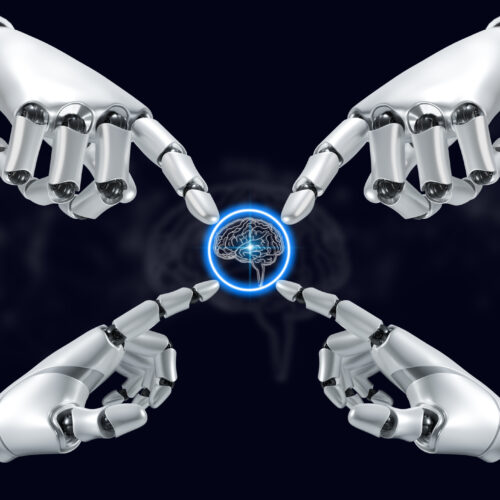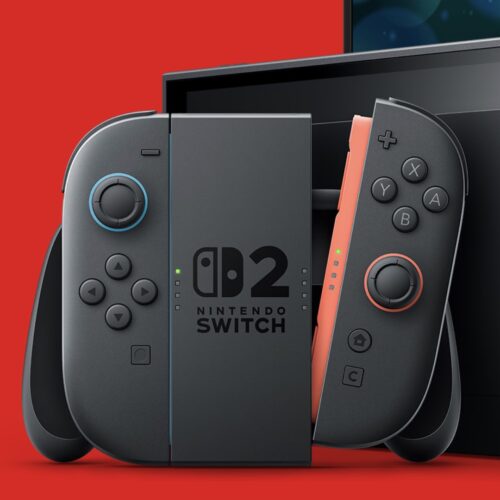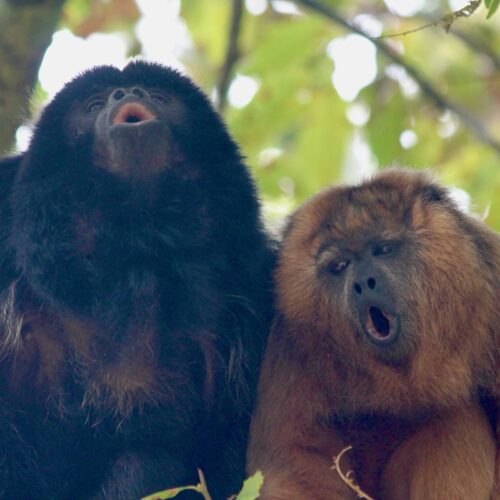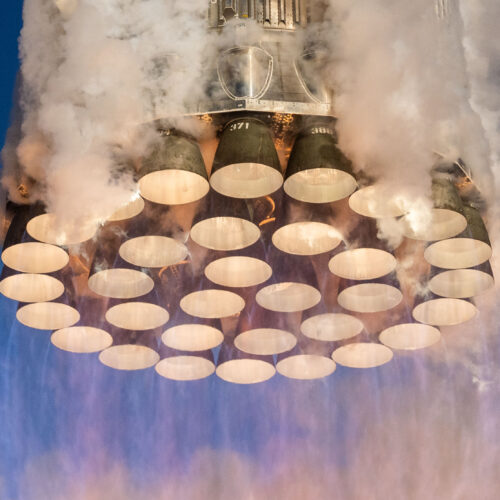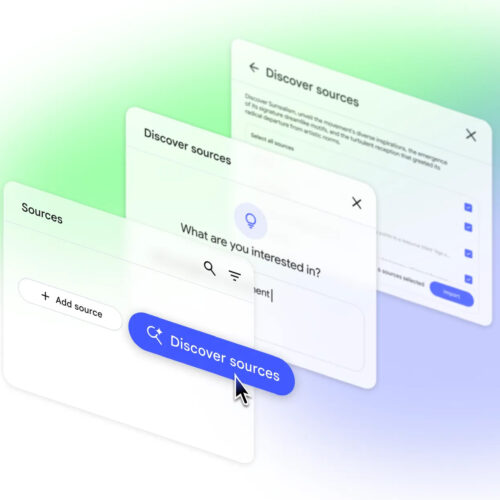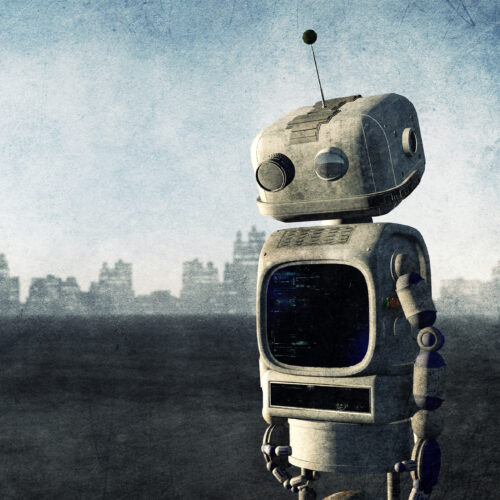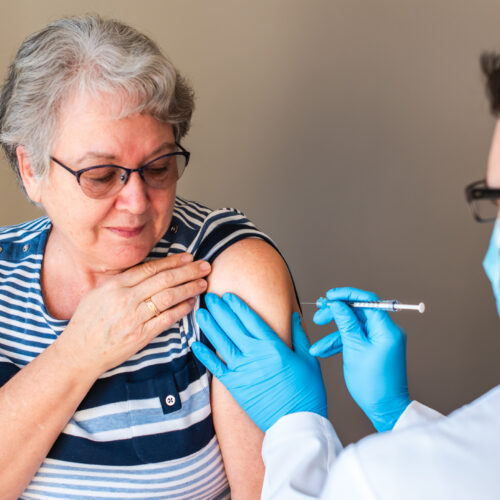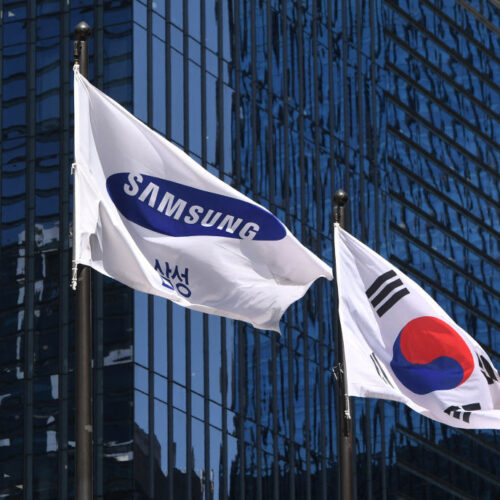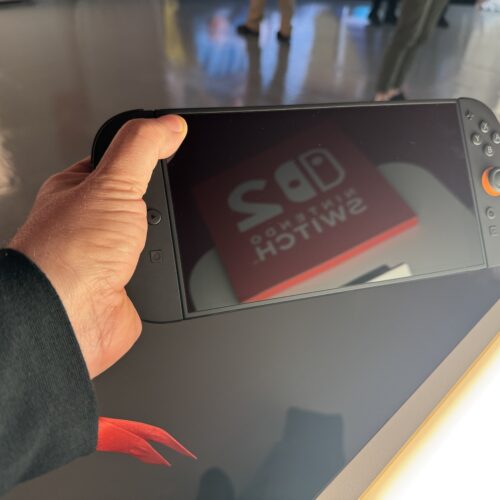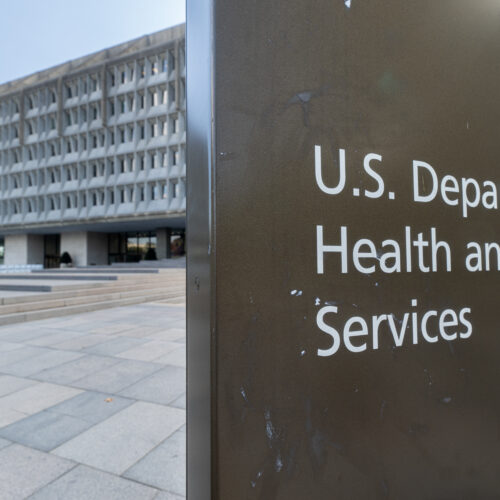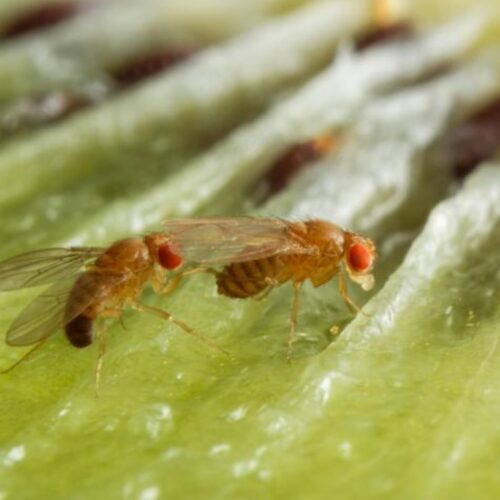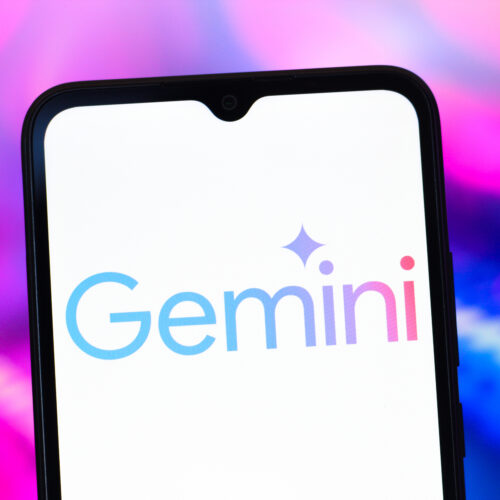Rocket Report: Next Starship flight to reuse booster; FAA clears New Glenn
Welcome to Edition 7.38 of the Rocket Report! SpaceX test fired a Super Heavy booster that launched in January on Thursday, in South Texas. This sets up the possibility of a reused Super Heavy rocket launching within the next several weeks, and would be an important step forward in the Starship launch program. It's also a bold step given that there is a lot riding on this Starship launch, given that the last two have failed due to propulsion issues with the rocket's upper stage.
As always, we welcome reader submissions, and if you don't want to miss an issue, please subscribe using the box below (the form will not appear on AMP-enabled versions of the site). Each report will include information on small-, medium-, and heavy-lift rockets as well as a quick look ahead at the next three launches on the calendar.

European commercial launch industry joins the space race. The first flight of Isar Aerospace's Spectrum rocket didn't last long on Sunday, Ars reports. The booster's nine engines switched off as the rocket cartwheeled upside-down and fell a short distance from its Arctic launch pad in Norway, ending the abbreviated test flight with a spectacular, fiery crash into the sea. However, it marked the beginning of something new in Europe as commercial startups begin launching rockets.


© SpaceX
